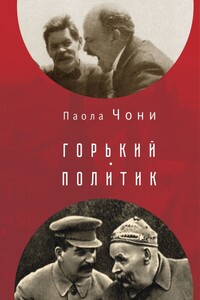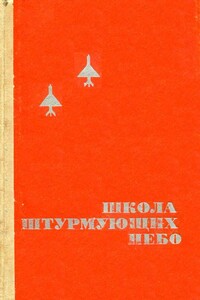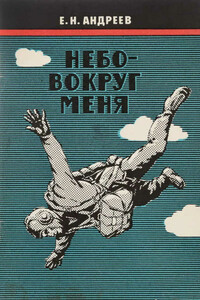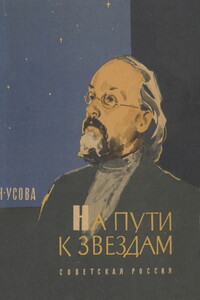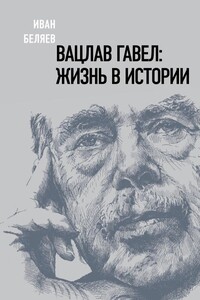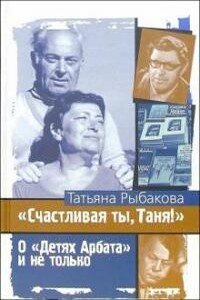Все складывалось по классическим законам: вырастил двоих сыновей, посадил не одно дерево (в том числе и в Тригорском парке). Оставалось лишь написать книгу.
И снова неожиданный поворот судьбы. Уехал из Петербурга в Пушкинский заповедник «Михайловское», где в течение нескольких лет занимался научной работой в качестве старшего научного сотрудника. Тема исследования — «Последние обитатели Тригорского — Вревские» (о друзьях Пушкина периода его ссылки в Михайловское. Затем — знакомство с потомками баронессы Евпраксии Вревской, воспетой Пушкиным в романе «Евгений Онегин». Знакомство, переросшее в дружбу, предоставленный в доверительное пользование семейный архив, пролежавший безвестным целое столетие и ставший основой для научных поисков, находок и открытий. Выступление в августе 1996 года на Всероссийской научной конференции по изучаемой теме стало заметным событием, после чего материалы доклада были опубликованы в «Исследованиях и материалах» Пушкинского Дома, периодической печати и научных журналах России. Как итог многолетних раздумий и поисков — написанная на основе документов в соавторстве с женой и другом Татьяной Рожновой книга о Наталье Николаевне и ее потомках от брака с Петром Петровичем Ланским.
В этой книге авторы, ничего не придумывая, а лишь вслушиваясь в голоса минувшего, попытались отобразить то, что оставила нам пушкинская эпоха. И эпоха после Пушкина.
Life after Pushkin. Natalia Nikolayevna and her descendants
by Tatiana and Vladimir Rozhnov
This documentary and artistic study, the fruit of many years’ work, tells of the last hours in the poet’s life that followed the tragic duel, the bitter years of Natalia Nikolayevna’s widowhood, her second marriage and the lives of her children, grandchildren and great-grandchildren by General Piotr Lanskoi.
The authors’ aim is to present a little-known period in the life of Natalia Nikolayevna and to introduce the reader to documents, diaries, old photographs and memoirs left by her descendants that have lain in obscurity for many years.
Of particular interest will be the exclusive, hitherto unpublished, pages from family archives, portraits and reminiscences made available to the authors by the living descendants of the great poet’s widow.
The book is richly illustrated with more than 600 portraits and photographs, many of which are appearing in print for the first time. Placed on an inset and within the text itself, they provide an authentic picture of the characters of the story and their times.
Another original feature is a genealogical table of noble families in Russia who in one way or another were involved in the fate of the widow of the national poet. It was specially drawn up by the authors for this publication.
Extremely detailed notes with precise references enable the inquisitive reader to easily trace the documentary sources used by the authors.
The cover of the book is adorned with an extremely rare portrait of Natalia Nikolayevna by the court artist Vladimir Hau. It was painted in 1844 when she became the wife of Piotr Petrovich and is now in a private collection in Paris.
The foreword was written by Nikolai Skotov, director of the Pushkin House (Russian Academy of Sciences Institute of Russian Literature) and corresponding member of the Russian Academy of Sciences.
Once you start to read this book it is hard to put down — the real lives of real people are more fascinating than any whodunnit.
The book recreates an era in faces and deeds — Pushkin’s era… and the era after Pushkin.
